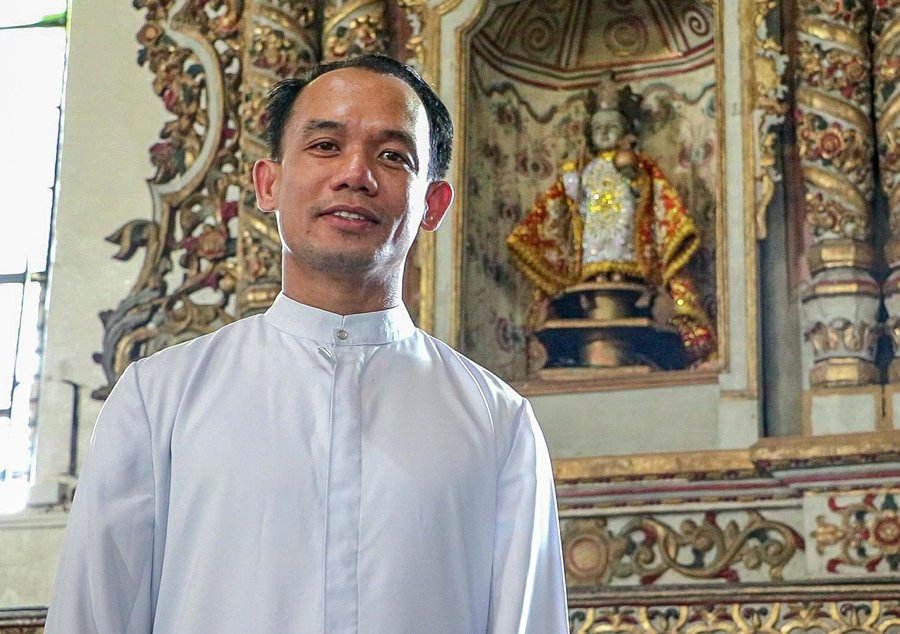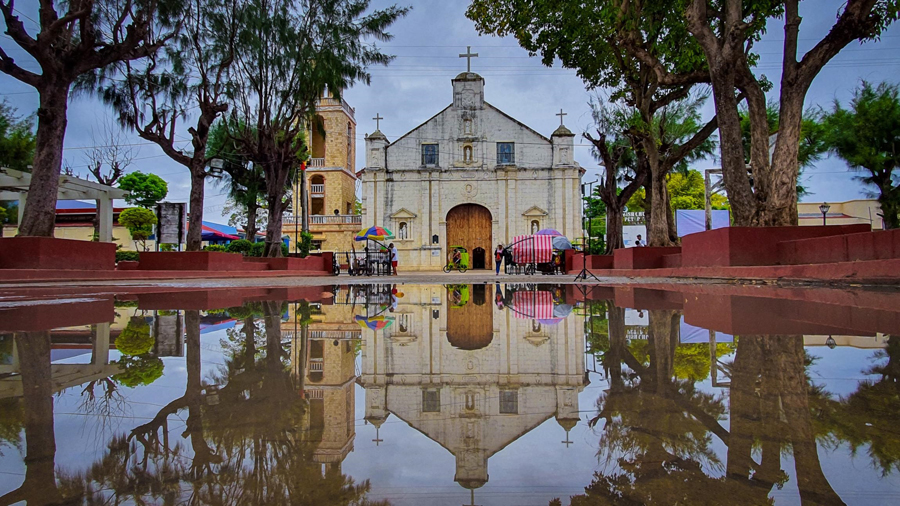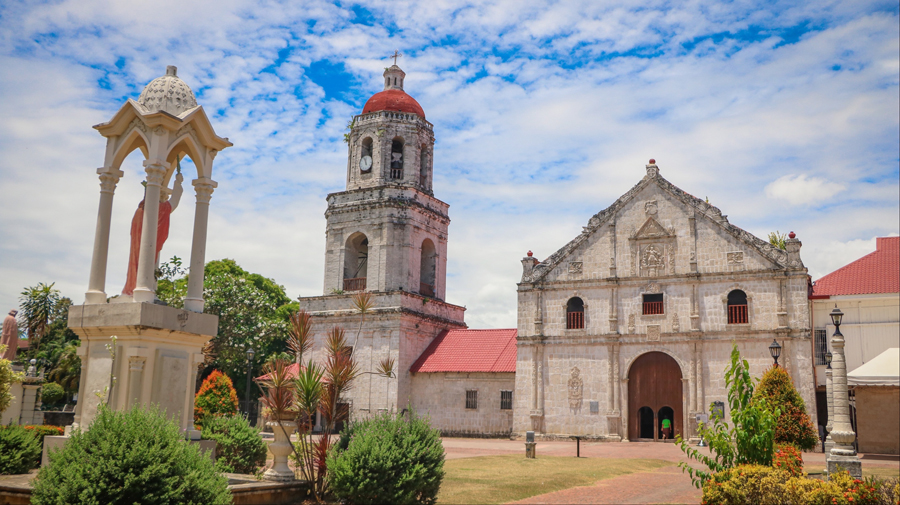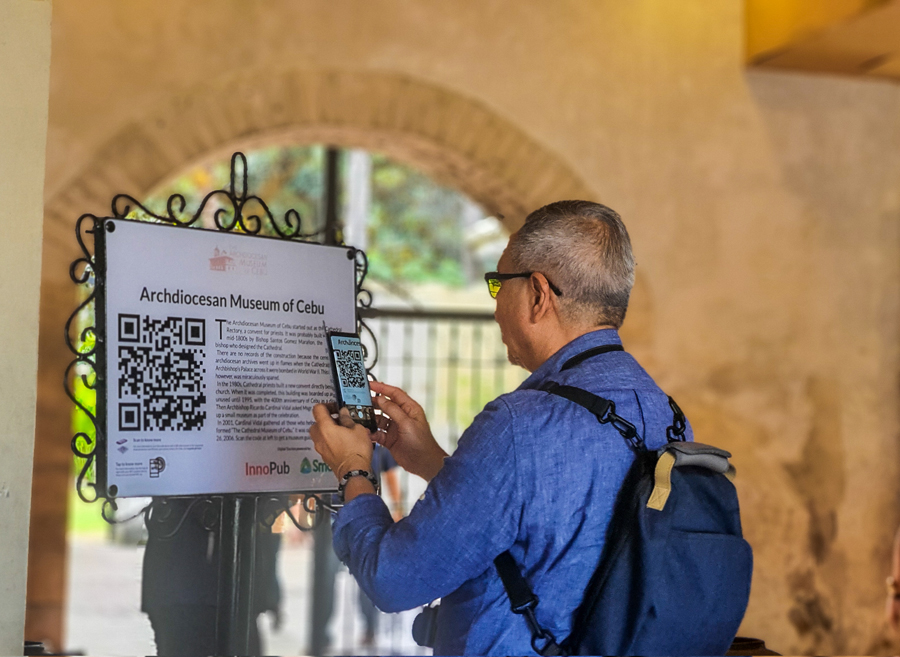Technology can do a multitude of things. It aids not only in the preservation of heritage, but it can also do wonders in reinventing how we experience it.
The Cebu Archdiocesan Commission for the Cultural Heritage of the Church (CACCHC) in partnership with start-up tech company InnoPub Media, and Smart Communications Inc. (Smart), have started working on a mobile application which would facilitate an interactive digital exhibit featuring heritage churches in Cebu.
“The digital exhibit and the mobile app will help ignite the interest from a wider audience. This is another way to pass on and communicate the meaning and significance of our rich heritage especially to the younger generation,” said Rev. Fr. Brian Brigoli, CACCHC chairman.

The idea for creating the mobile exhibit through an app was born because of the travel restrictions imposed due to the #COVID-19 global health crisis. With the 500th anniversary of the arrival of Christianity in the Philippines fast approaching in March 2021, the CACCHC was keen to find alternative ways of promoting greater awareness of the rich Church heritage in Cebu.
The mobile exhibit will feature heritage churches selected by the CACCHC, namely: Saints Peter and Paul Parish in Bantayan, San Nicolas Parish in Cebu City, Cebu Metropolitan Cathedral, Archdiocesan Shrine of St. Catherine in Carcar City, Patrocinio de Maria Parish in Boljoon, Archdiocesan Shrine of St. Anne in Barili, National Shrine of St. Joseph in Mandaue City, San Guillermo de Aquitania in Dalaguete, and Archdiocesan Shrine of St. Michael in Argao.
The creation of the mobile app will serve as both a stand-alone resource about the featured heritage churches and as a companion of visitors during the physical staging of the travelling exhibit. It will provide extensive information on the churches, their history and unique features. It will also feature archival photos to show users how the buildings looked like in the past.

In the future, Fr. Brian hopes that the mobile application would adapt “immersive” features as it will open a new experience of evangelization for users especially those who can no longer physically visit these cultural heritage sites. “Soon, I hope technology will make it possible for users to not only access the app but also simulate an augmented environment where users could completely experience an actual learning environment,” adds Fr. Brian.
Further, the physical staging of the interactive digital exhibit will include a Virtual Reality (VR) station that would simulate an artificial experience for visitors. Currently, the group is also looking into ways to recreate this in the mobile app.
The use of mobile technology to aid in the preservation of culture and heritage is part of Smart’s ongoing Digital Tourism program. Launched in 2011, the initiative harnesses technology to deliver cultural, historical, and travel information to mobile phone users. It involves the creation of apps, mobile guides, and interactive materials that give tourists and locals comprehensive and localized information about various destinations in the country.

“Our digital tourism program marries the old and the new. It promotes awareness of the roots our culture and heritage, using one of the most important travel tools of today—the mobile phone” said Smart Visayas-Mindanao Public Affairs head Atty. Maria Jane Paredes. “This initiative enables Filipinos to experience the beauty of our country and our faith, even during this time of COVID,” Paredes added.
To date, the program has been implemented in collaboration with key stakeholders including the Department of Tourism (DOT), Intramuros Authority (IA), National Commission for Culture and the Arts (NCCA), and various local government units and church organizations. Interactive tourism apps and markers have since been rolled out in multiple locations such as Albay, Baguio, Cebu, Dapitan, Davao, Dumaguete, Iloilo, Manila, Negros Oriental, Siquijor and Sorsogon.
As a run-up to the upcoming celebration of 500 years of Christianity in the Philippines, Smart also unveiled interactive markers at Saints Peter and Paul Parish Church in Bantayan, at the Basilica Minore del Sto. Niño de Cebu, Cebu Metropolitan Cathedral, and in heritage churches in Carcar, Argao, Dalaguete, Sibonga, and Boljoon, among other areas in Cebu–considered the birthplace of Christianity in the country.
Liked this post? Follow SwirlingOverCoffee on Facebook, YouTube, and Instagram.


